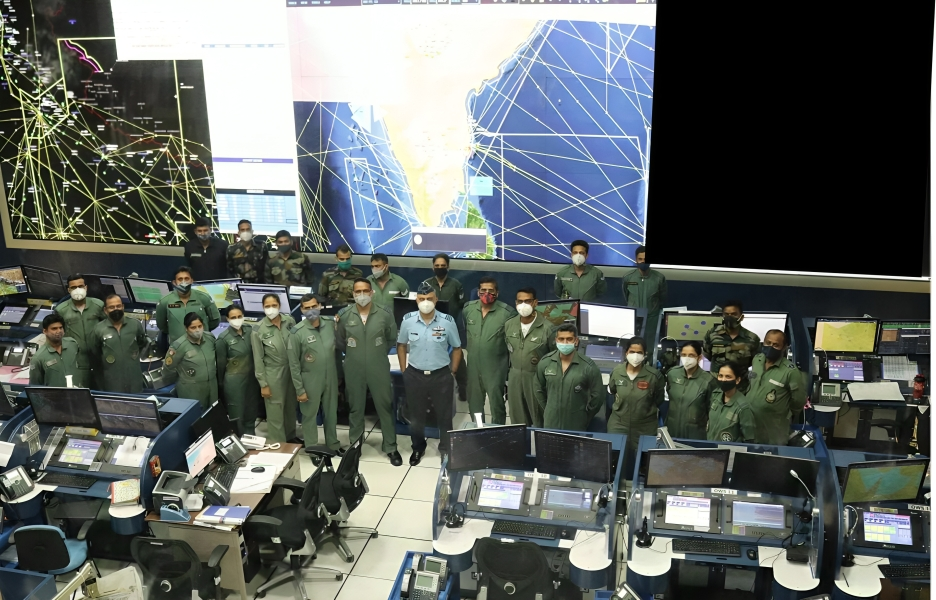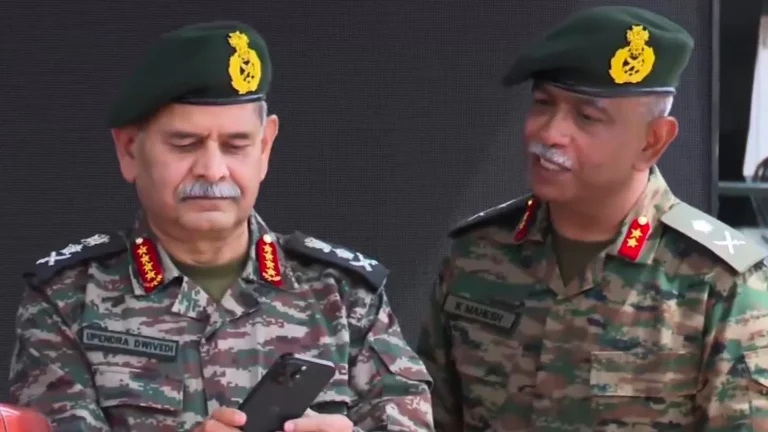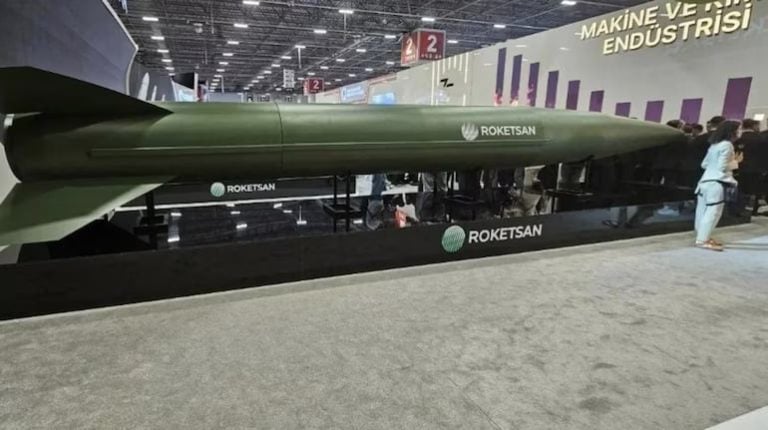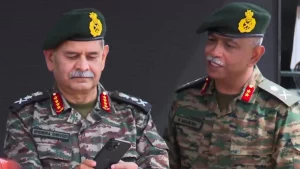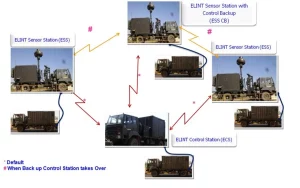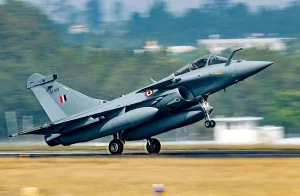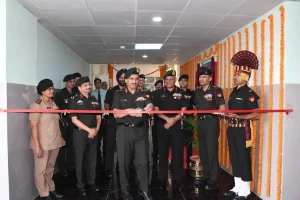India recently demonstrated a significant advancement in its air defense capabilities during Operation Sindoor, showcasing the effectiveness of its integrated air defense ecosystem. The operation responded to a coordinated assault from Pakistan, which employed swarms of drones, missiles, and rockets. India’s multi-tiered air defense systems efficiently detected, tracked, and neutralized these aerial threats.
Central to this defense architecture is the Integrated Air Command and Control System (IACCS), an automated, net-centric warfare network that harmonizes real-time data across the Indian Army, Navy, and Air Force. Serving as a strategic nerve center, IACCS seamlessly coordinates radars, fighter aircraft, unmanned systems, and missile batteries, thereby equipping commanders with a comprehensive overview of the battlefield and facilitating quicker, more precise responses.
The evolution toward a network-enabled air defense started back in 2010 with the establishment of the Air Force Network (AFNET). Before AFNET, military communication systems largely depended on outdated technology from the 1950s. The new network provided a secure and modern infrastructure, significantly enhancing connectivity and expediting decision-making in combat situations. At its inauguration, former Defence Minister AK Antony highlighted AFNET’s dual purpose: augmenting national telecom capabilities and modernizing military communication to support network-centric operations. The operational potential of this system was notably showcased during a live demonstration with MiG-29 fighter jets.
The IACCS, established in 2003 following lessons learned from the 1999 Kargil conflict, functions as a centralized control system. This robust framework integrates information from various sensors, including ground-based radars and airborne platforms, to create a Recognized Air Situation Picture (RASP). This situational awareness minimizes the “sensor-to-shooter” loop, allowing quicker response times.
During the period of May 8-10, the air defense systems proved their mettle as they engaged Pakistani drones and PL-15 missiles successfully. India’s layered air defense architecture features concentric rings aimed at intercepting threats across different ranges. The inner ring is equipped to deal with low-altitude threats like drones, while subsequent layers include point defense systems and medium- to long-range missiles like the indigenous Akash and the Russian S-400.
In addition, the Akashteer initiative is transforming air defense operations by digitizing control and reporting processes, integrating radar and communication systems into a unified network. This innovation enhances situational awareness and ensures operational capability even in challenging communication scenarios. The integration of Akashteer, developed by Bharat Electronics Limited and operated by the Army Air Defence Corps, into the IACCS network represents a major leap in joint force coordination.
Lt. General Rajiv Ghai, Director General of Military Operations, likened the combined efforts of India’s defense grid to a legendary sports rivalry, emphasizing the team’s preparedness against aerial threats. As part of this integration, approximately 400 command-and-control centers for Akashteer have been ordered, with over 100 already delivered, and full integration with IACCS anticipated by the year-end.
While the establishment of a unified Air Defence Command (ADC) has been proposed for better coordination across the three services, progress has been impeded by logistical and command structure challenges. Nonetheless, the successes achieved during Operation Sindoor underscore the growing cohesiveness among the armed forces.
Digital technologies like Operational Data Links, SATCOM, and Software Defined Radios are vital in achieving the Indian Air Force’s strategy that prioritizes fast kill chains and seamless command and control integration.
In conclusion, Operation Sindoor marked a pivotal development in India’s journey toward becoming a formidable air power. The synchronization of IACCS, AFNET, Akashteer, and an array of layered defense assets signals a significant enhancement in the country’s readiness to confront modern aerial threats. With a system fortified by real-time data and intelligent networks, India is better positioned to safeguard its airspace and strategic installations.
